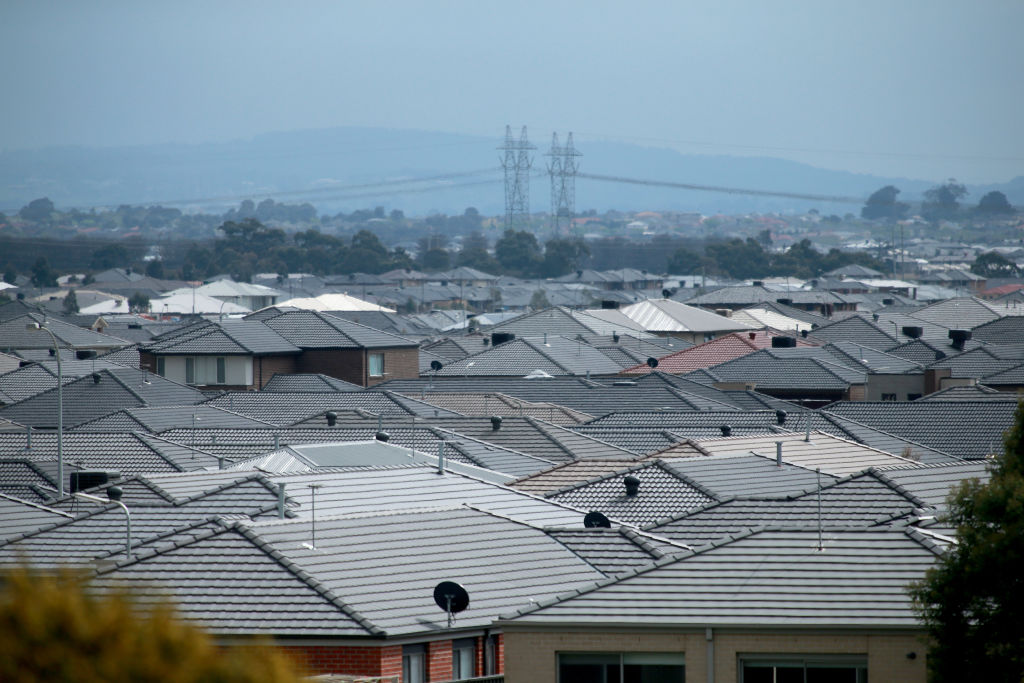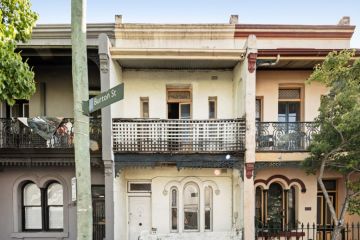Local governments held back by state counterparts on housing affordability: report

There has been very little uptake on improving housing affordability over seven years at a local government level across Australia despite increased attention on the issue, according to new research.
NSW recorded a decline in measures that tackled the problem while South Australia outdid all other states because for the past decade it has had a statewide affordable housing program, the research found.
Report authors University of Sydney post-doctoral fellow Catherine Gilbert and University of Sydney Urban and Regional Planning professor Nicole Gurran found affordable housing mechanisms were overall quite rare in local plans across Australia.
“To date, very few local plans have had concrete measures to include affordable housing,” Ms Gurran said.
“Not because of a lack of interest. In fact, local councils across Australia have often tried to include requirements to include affordable housing … but they’ve been held back by state governments who have been worried about the impact on development overall.”
The planning research paper compared the survey results of 200 local planning documents between 2007-09 and 2013-14, which reflected current development frameworks.
Of the plans analysed, only 4 per cent had specific affordable housing mechanisms – primarily in Melbourne and Sydney.
Ms Gurran said affordable housing could be achieved only if it was mandated through different mechanisms, including incentives like additional floor space for developers.
“It is a fiction to think the market is able to deliver an affordable housing outcome,” Ms Gurran said.
“The other fiction is that the private sector would voluntarily provide affordable housing. That’s not commercially viable.
“The only way to build affordable housing into the local plan process is to require it through an even playing field.”
Last year, the Reserve Bank of Australia also found local councils’ restrictive regulations and NIMBYism were driving up property prices.
The research also found planning reforms in the past decade had limited the different ways of achieving housing affordability.
“The major change in the survey period is a decade of planning reform,” Ms Gurran said. “But as part of that standardisation you’ve seen a falling off of specific mechanisms.”
This included affordable housing contributions requirements.
But Ms Gurran believed this loss could be offset by the NSW government’s announcement earlier this year to enable all councils to include affordable housing provisions in local plans. It was previously available only to the City of Sydney and expanded to five more councils in 2018.
We thought you might like
States
Capital Cities
Capital Cities - Rentals
Popular Areas
Allhomes
More







